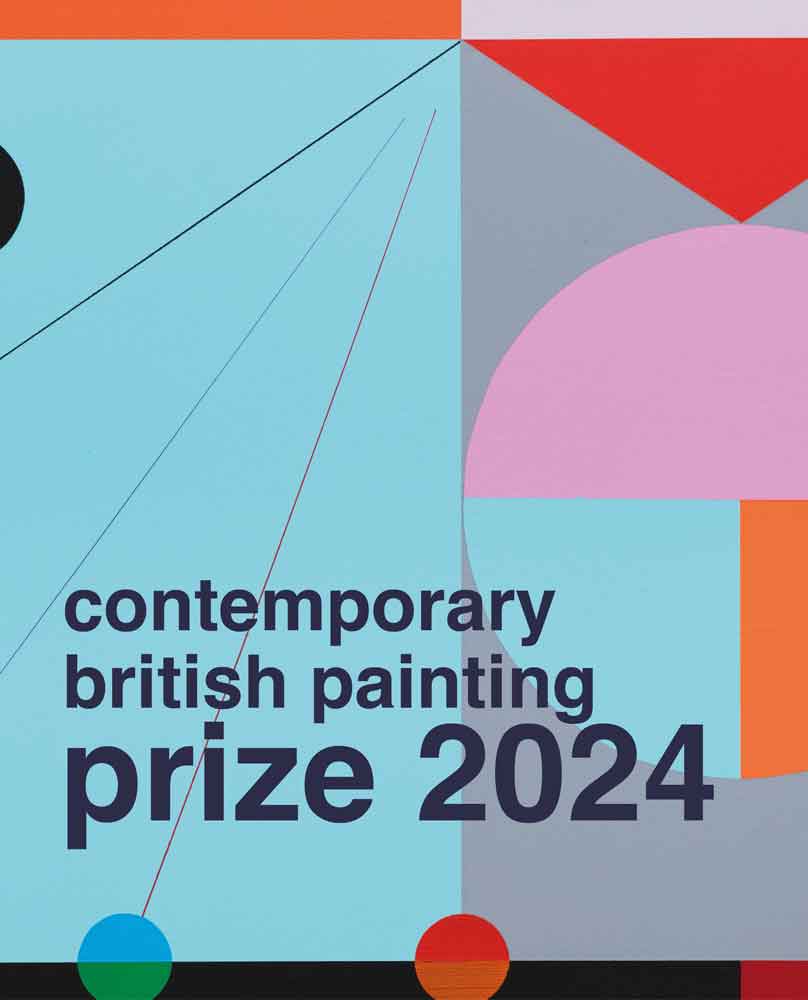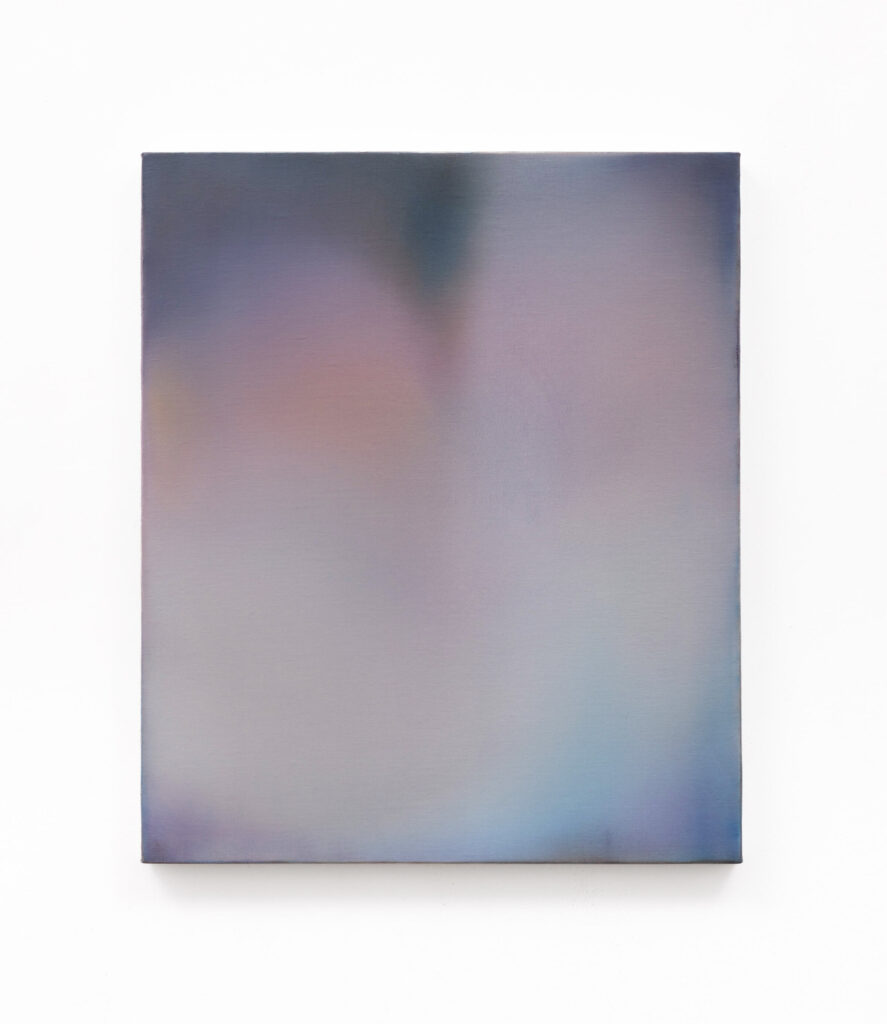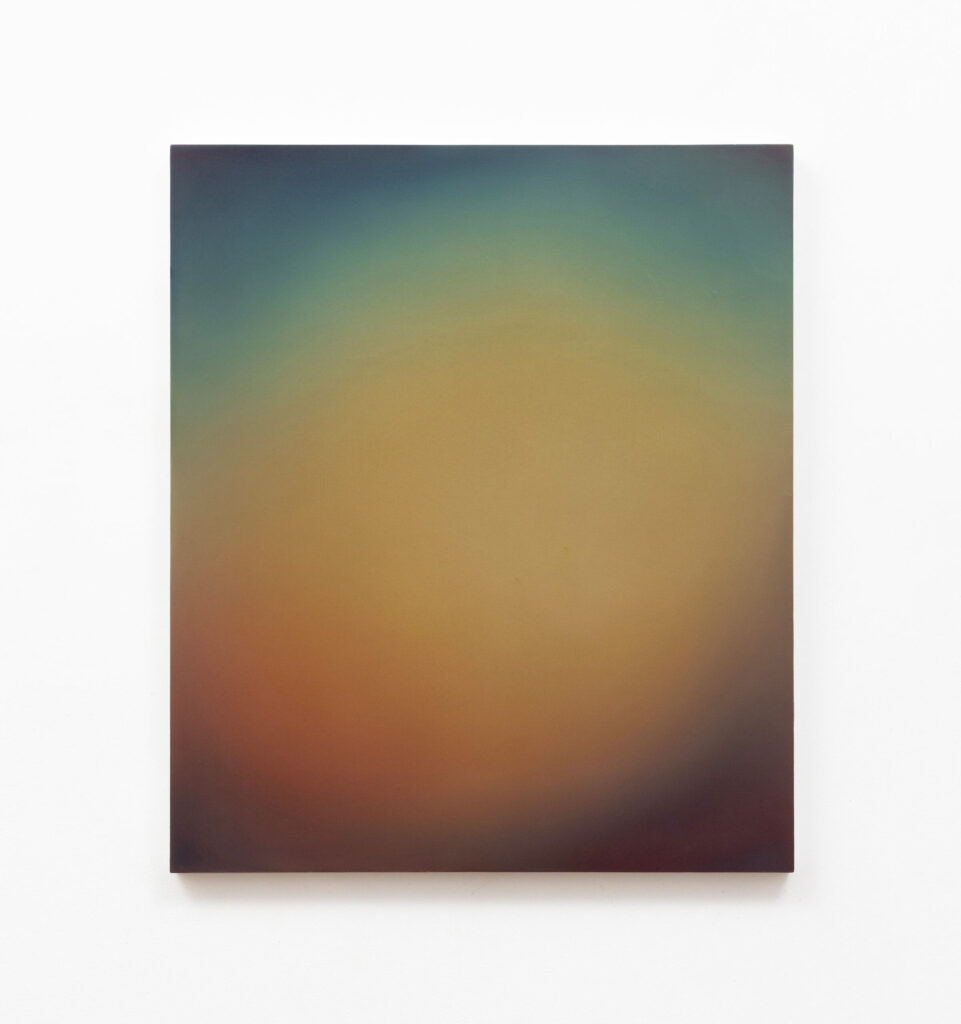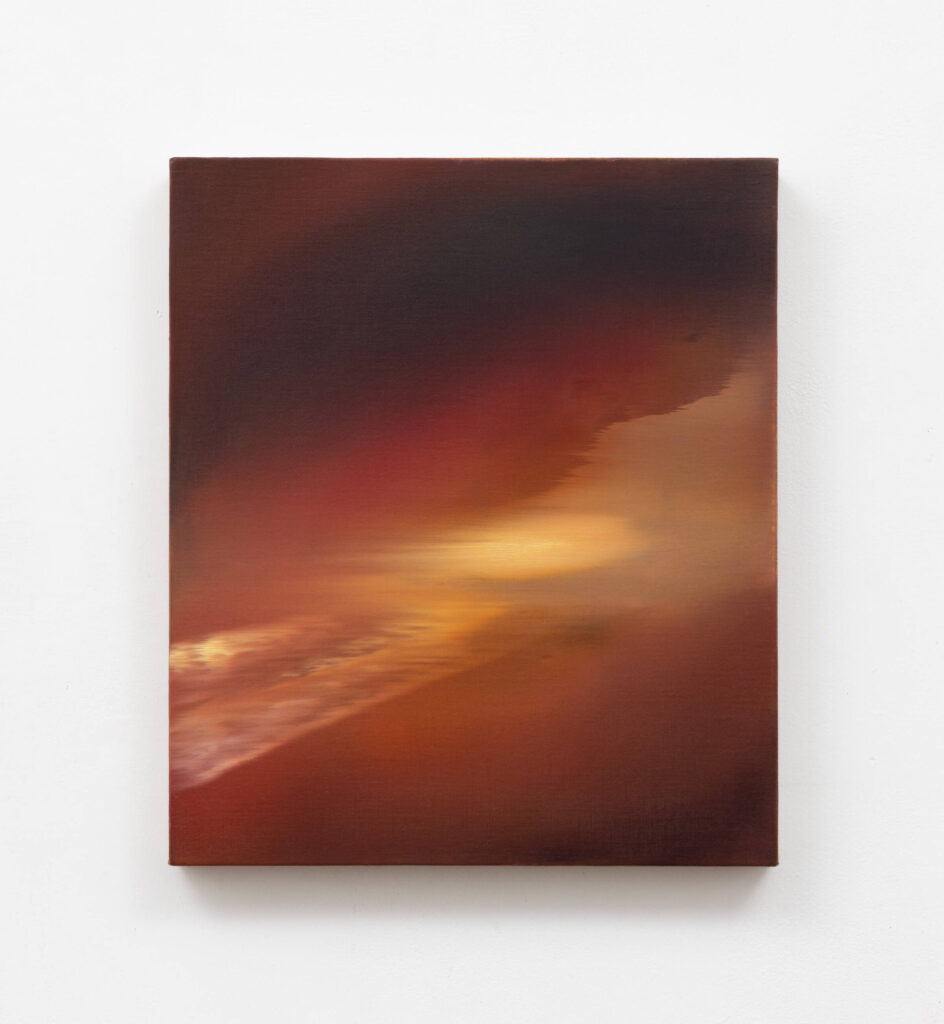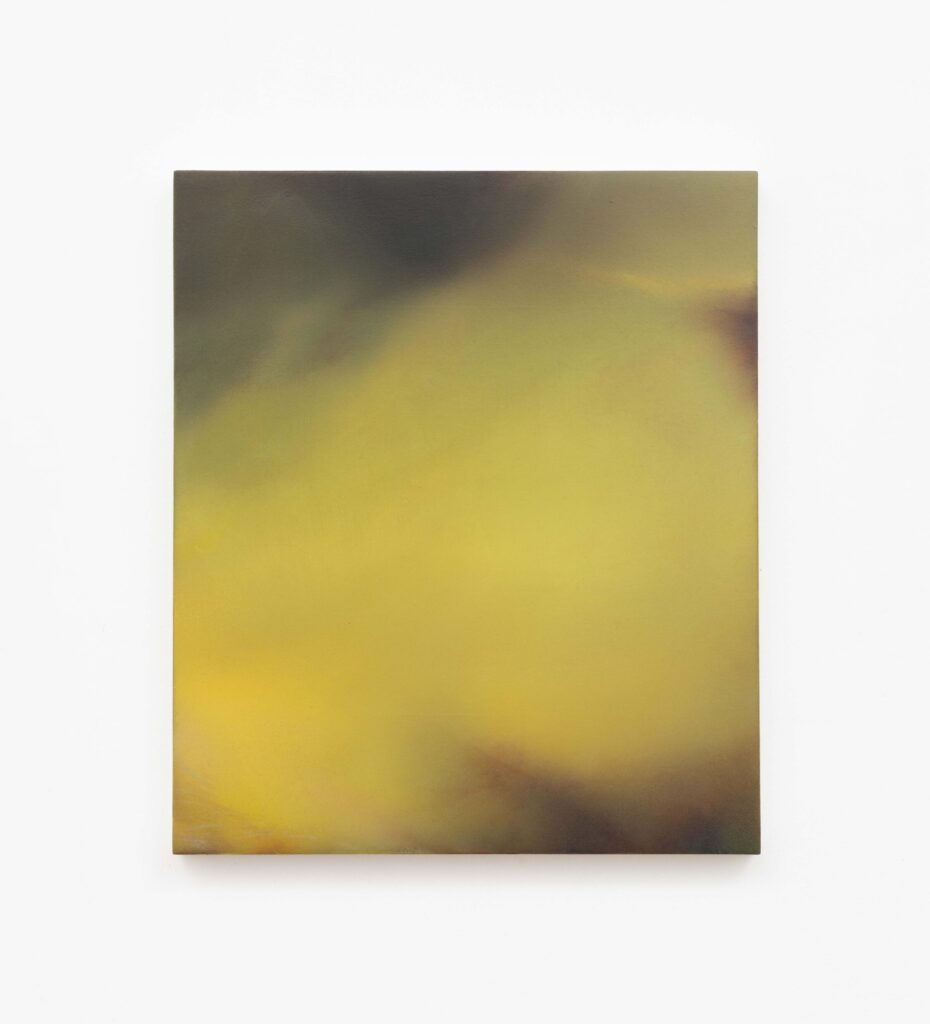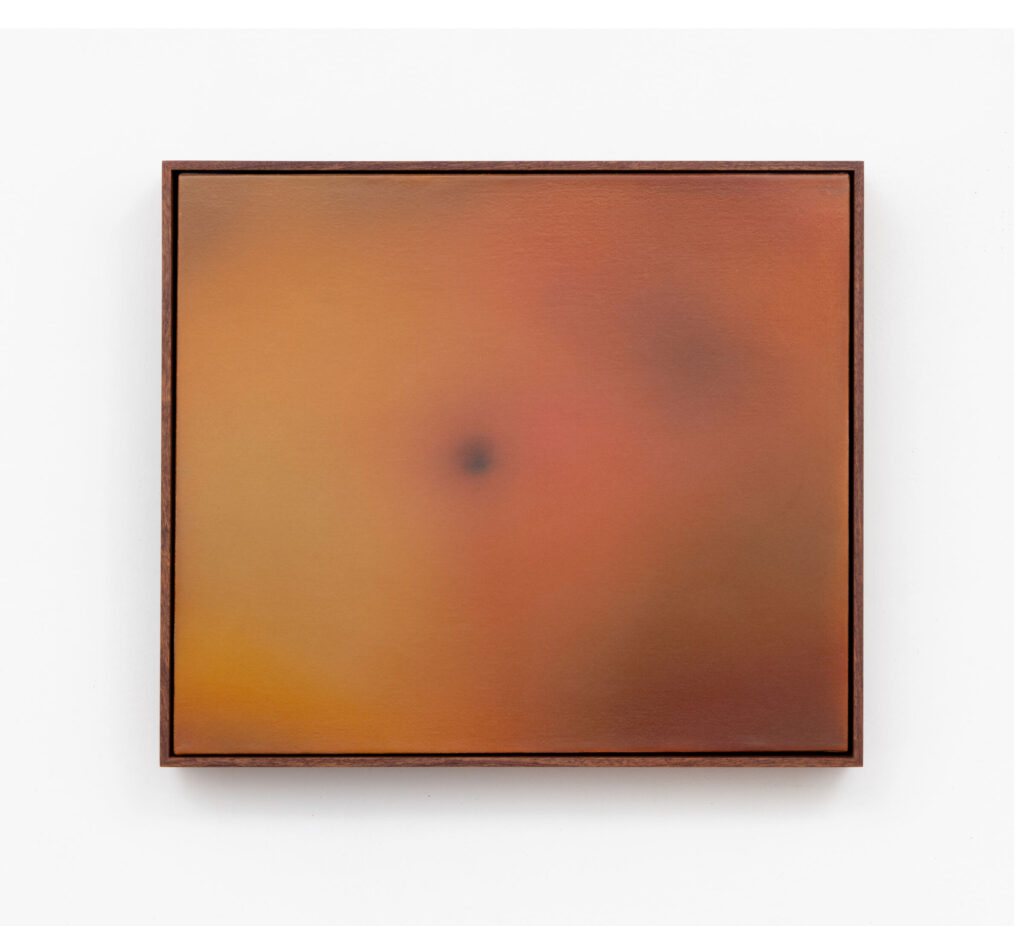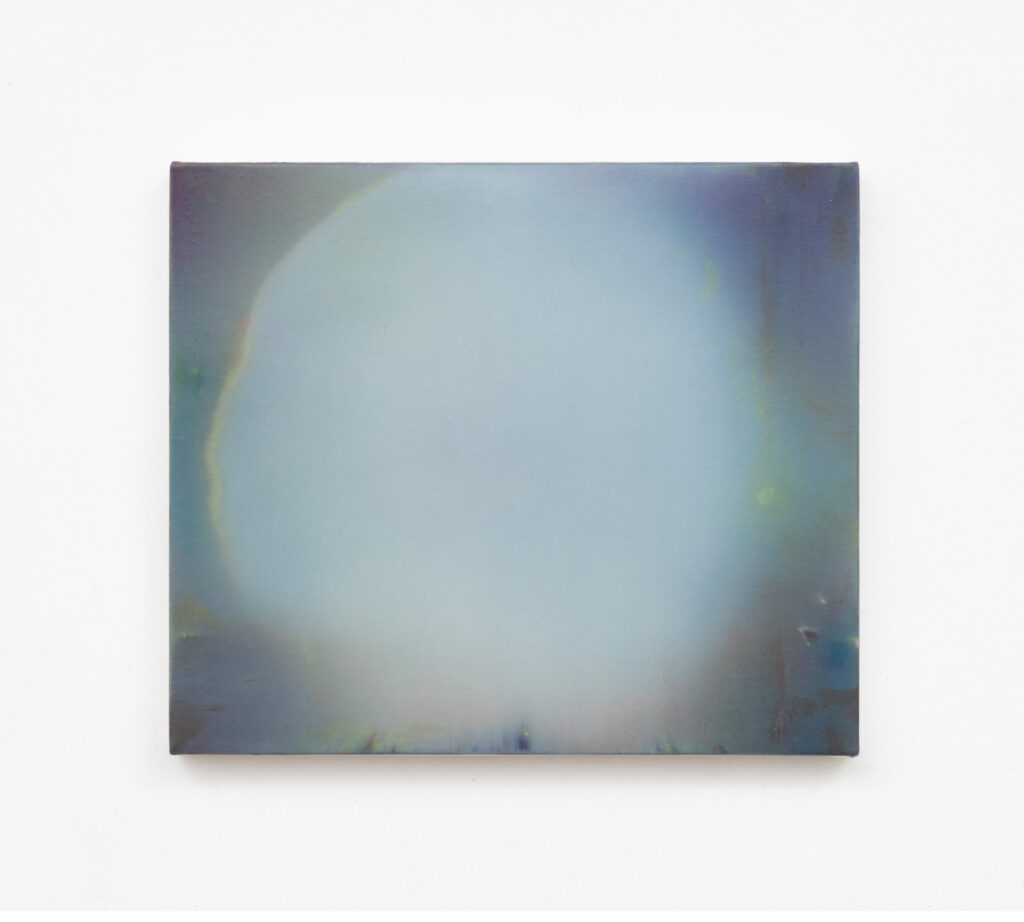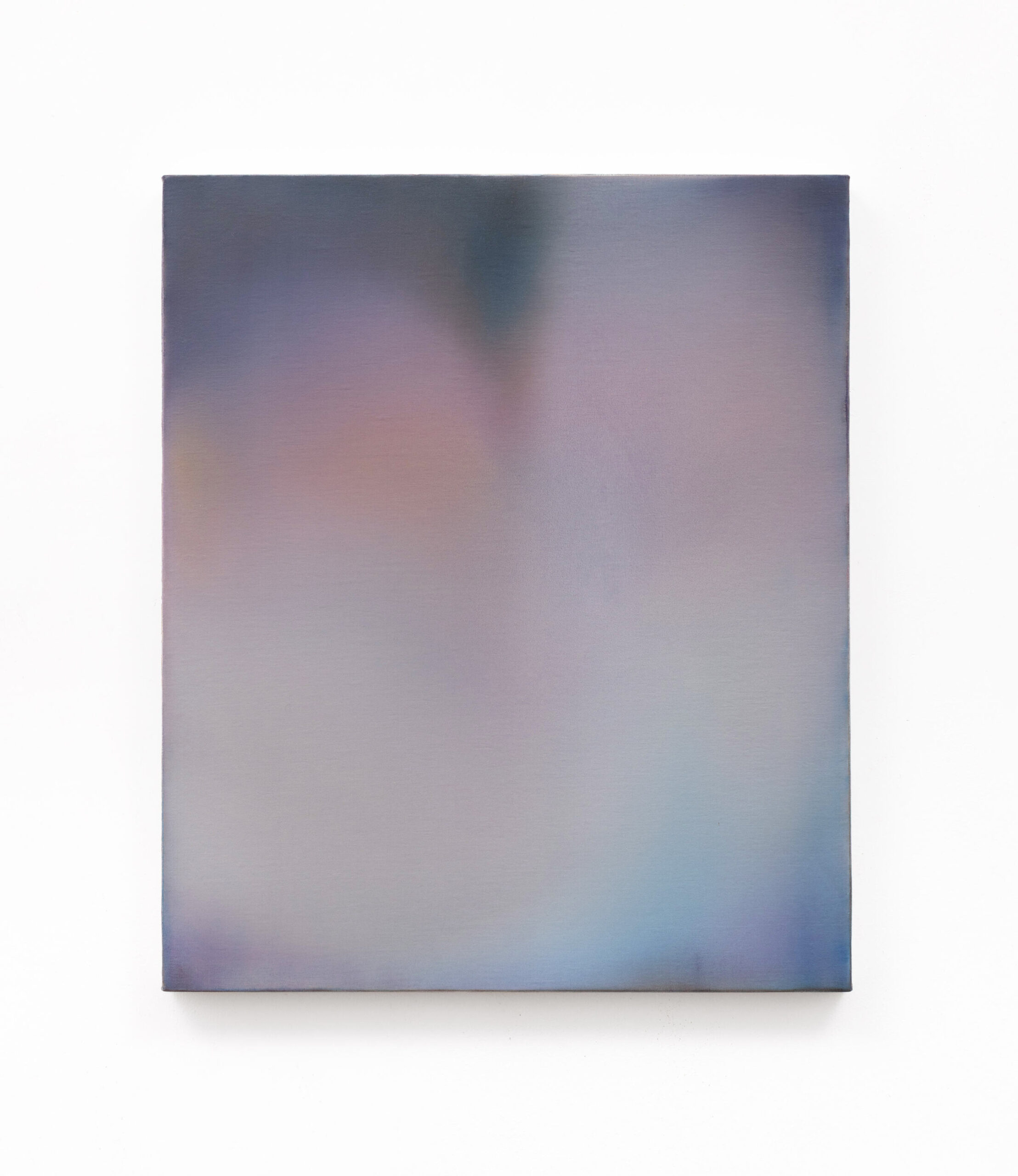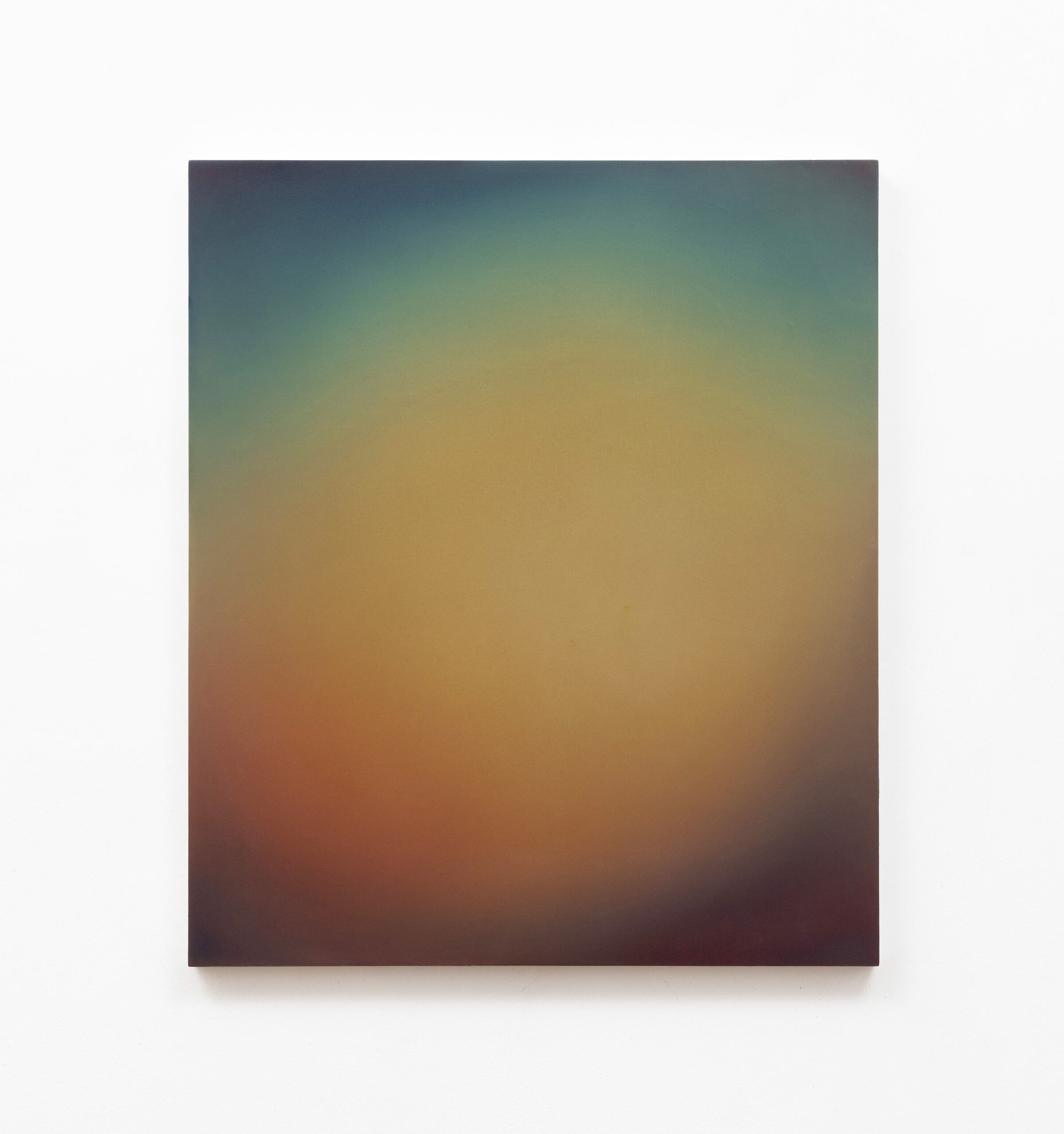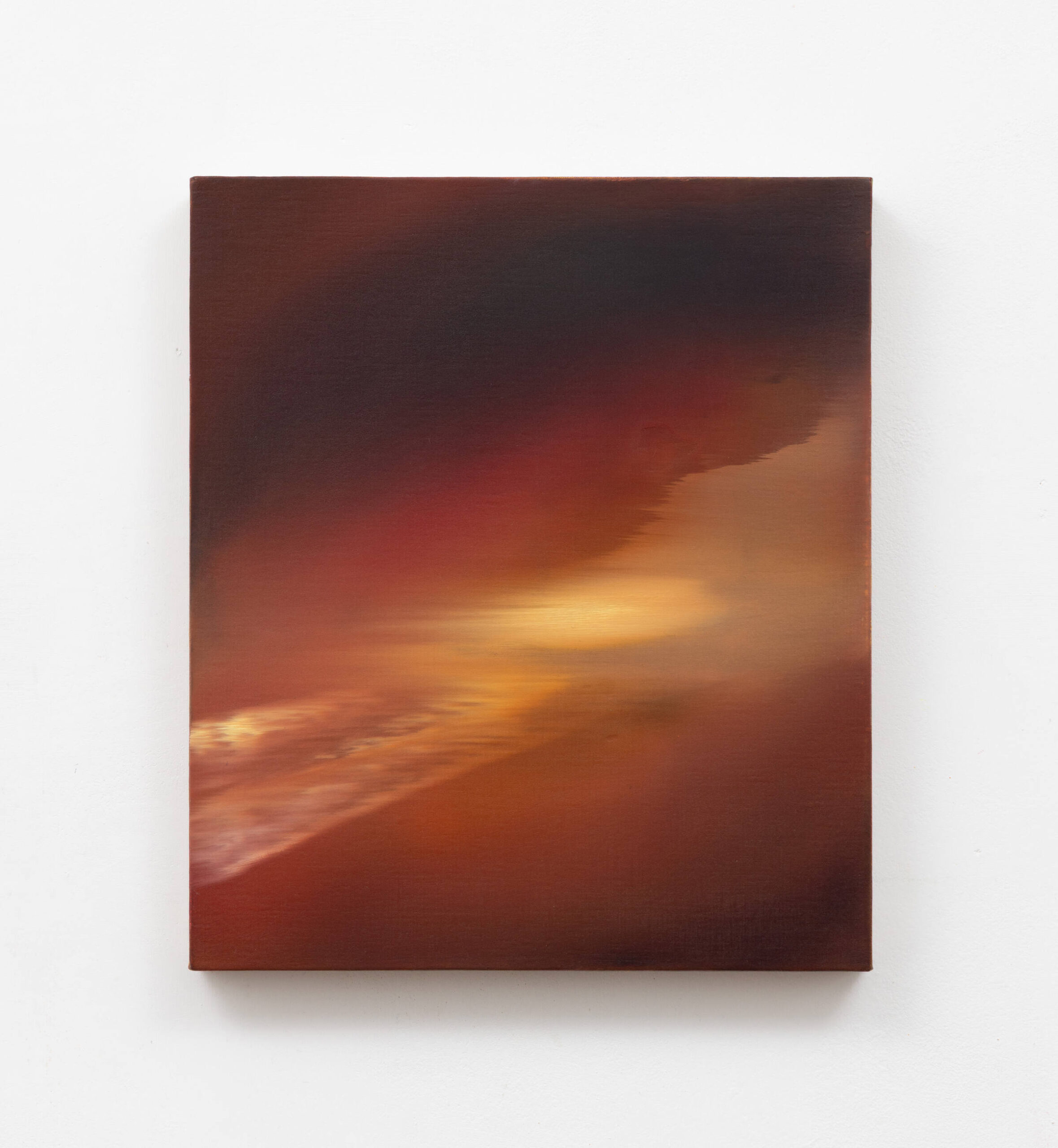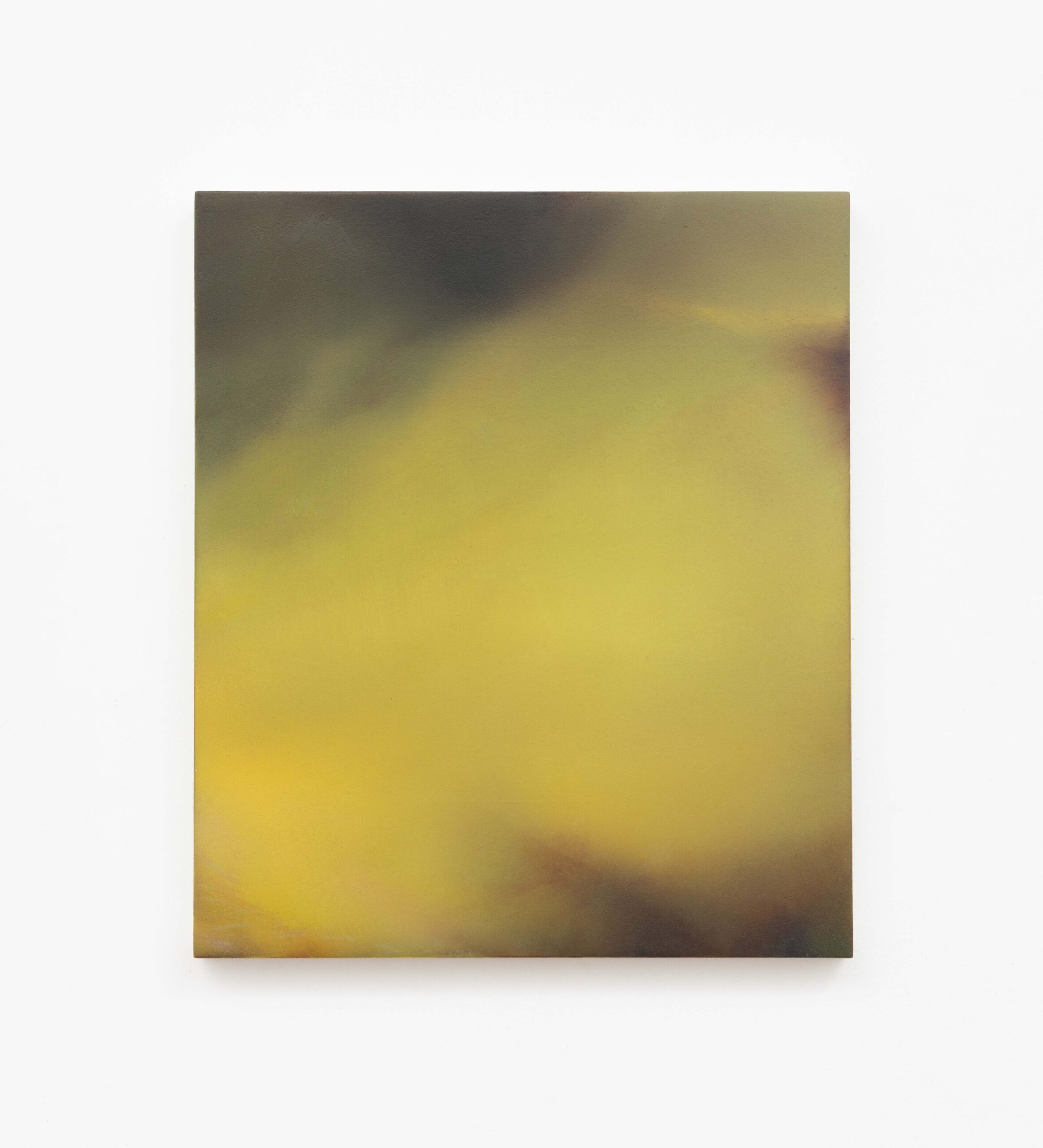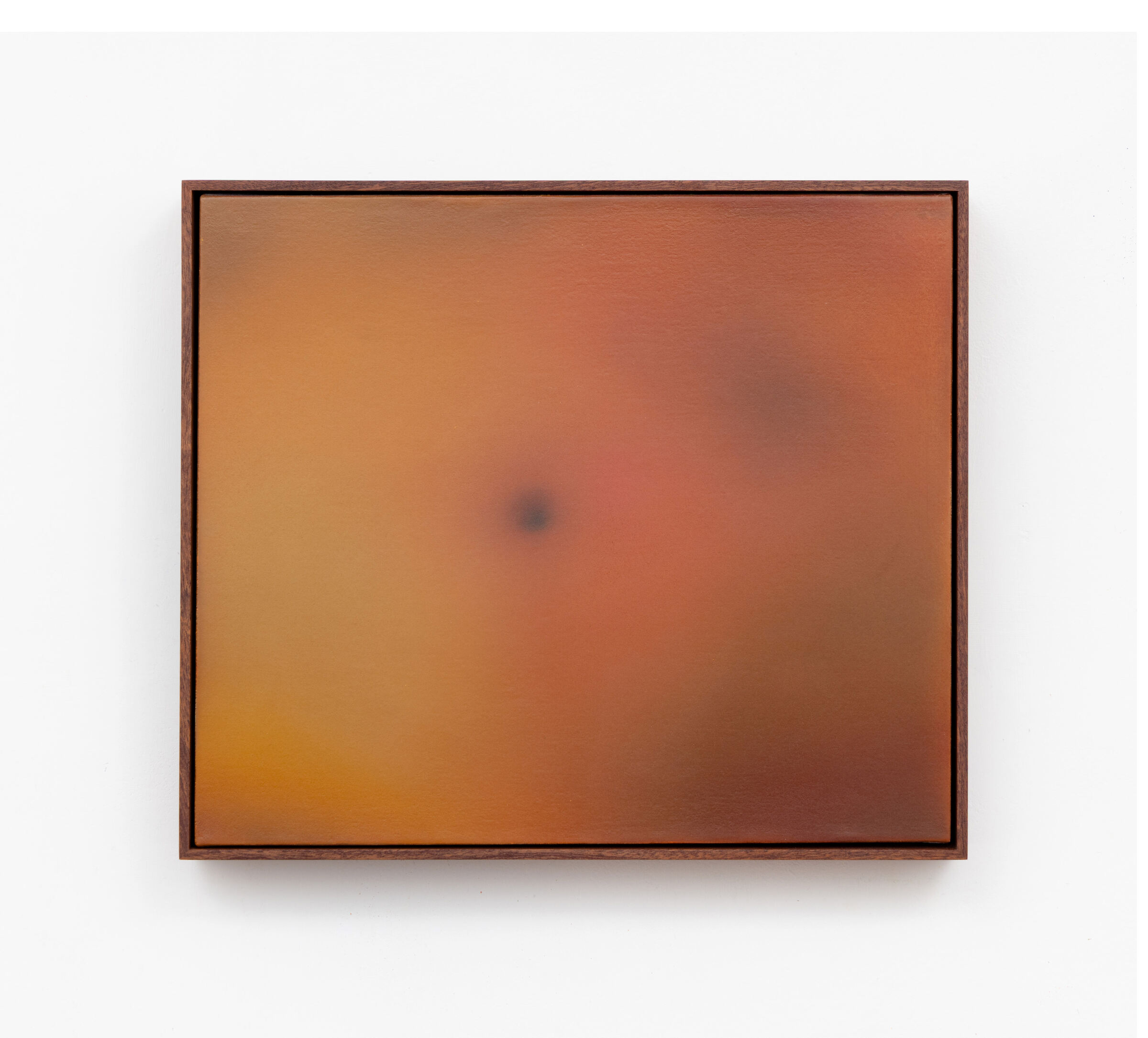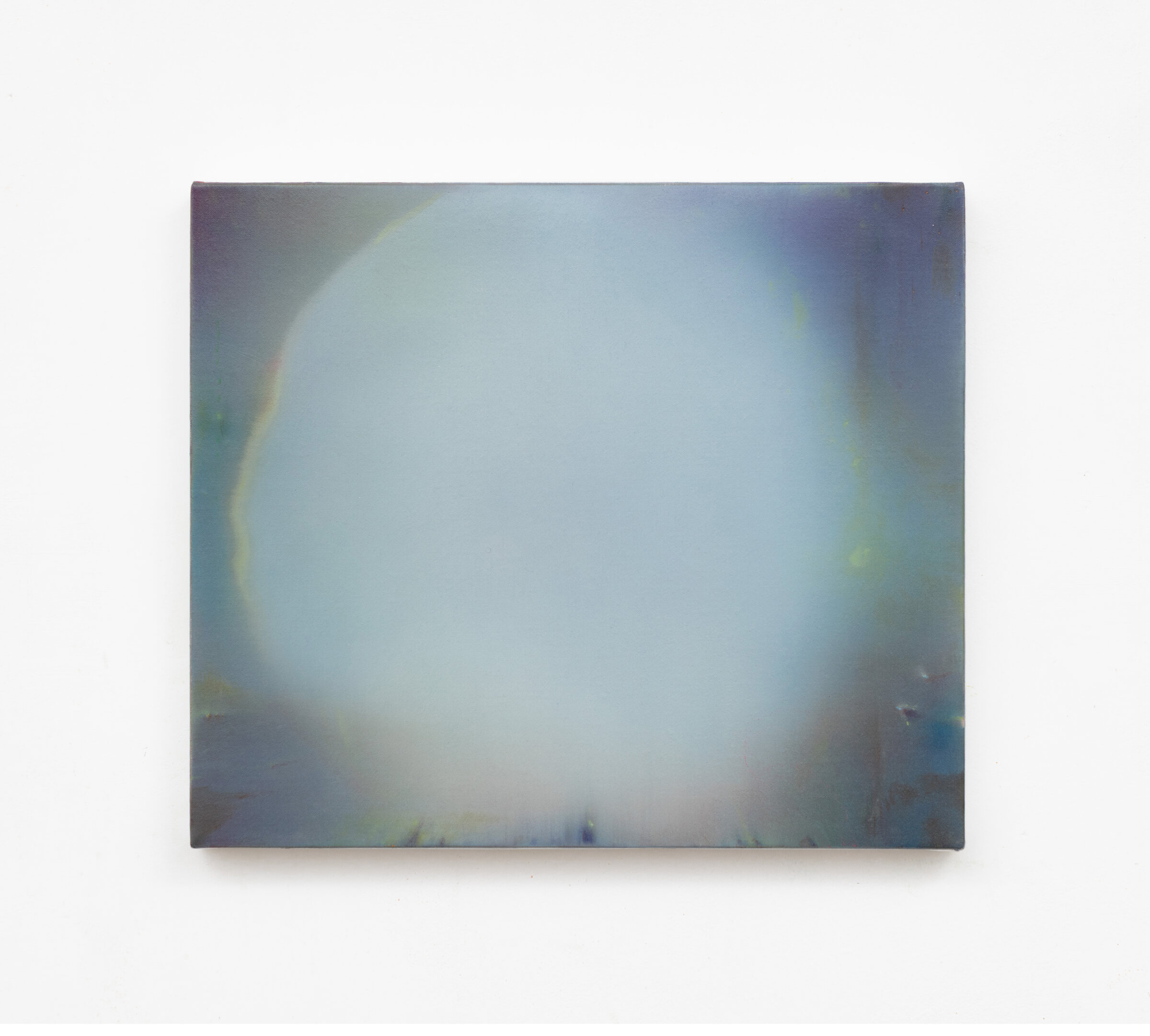Emma Tod
Essay by Rebecca Geldard 2025
Emma Tod’s paintings might be described as an antidote to the digital experience, giving us back a sense of what we scroll past: time. Yet her work also embraces its aesthetic, each painterly swatch a paean to high saturation and luminous intensity. Meticulously constructed from layer upon layer of oil paint, these works seem to hold fragments of time itself: glimpses rescued from the blur of capture, or resurrected at high zoom from digital anonymity.
Tod’s practice negotiates not only the overwhelming speeds of image circulation but also the unseen signals, forces and fields that shape our world. Sourced from the internet, television, art history and fleeting everyday encounters, Tod’s visual fragments are recombined, erased and unsettled. Through this process, peripheral events are brought into focus while central narratives dissolve. The result is a landscape of ambiguous territories – half-recognised, half-imagined – where the edges of meaning remain open and unresolved.
This sense of entanglement runs throughout Tod’s practice, which draws on quantum physics and feminist theory to reimagine our relationship to images, time and the material world. The titles of the paintings offer further clues: scientific and ecological references – from the Ampullae of Lorenzini, electroreceptors used by fish to sense invisible fields, to atmospheric carbon dioxide measurements recorded on the day of completion – anchoring the works within broader networks of knowledge.
By resisting the flat, instantaneous logic of the scroll, Tod creates a slower encounter: a space where images unfold rather than deliver, where attention lingers and where looking becomes an act of reorientation – towards uncertainty, multiplicity and possibility.
Biography
Emma Tod studied painting at Falmouth School of Art before gaining her MFA in Fine Art Media at The Slade School of Art, University College London. She was selected for the Bloomberg New Contemporaries and has been a member of artists run organisations including Gasworks and Lux Critical Forum. She has exhibited extensively in the UK and abroad including the ICA, Royal Academy and the Walker Art Gallery, and has attended residencies in Budapest and Cape Town. Emma is a Senior Lecturer in Fine Art at University of the Arts London and was selected for the John Moores Painting Prize exhibition 2023 and the Contemporary British Painting Prize 2023 where she received the Blyth Gallery Award.


